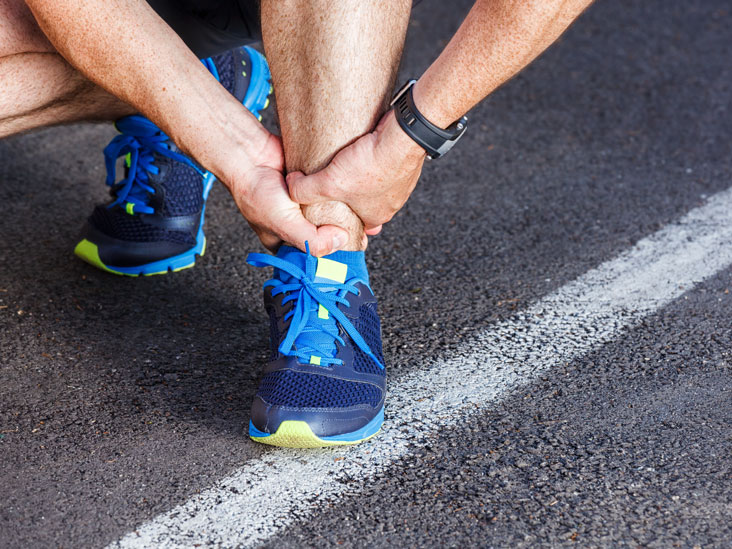P.R.I.C.E. – First Aid For Muscle and Joint Sports Injuries
Living an active lifestyle can be great for your health, wellbeing, mood, and more. No one likes to be injured, but it happens. One very important part of being healthy and living that sporty, active life, is to know what to do if you or someone you know is injured. There is an effective five-step process that’s used for treating simple joint or muscle injuries like an ankle sprain. This process is known as P.R.I.C.E., short for Protection, Rest, Ice, Compression and Elevation.
It’s important to follow this process immediately after an injury occurs. The rule of thumb – the earlier, the better. Also, it’s important to know when to seek further medical attention. This is not a cure or stand-alone treatment for an injury, but instead a best practice for care.
Protection
It’s important to protect the injured person and the area that’s been injured. If playing a game or in the middle of a sport, remove the injured person from the game. Protect the injured area with a splint or by wrapping it.
Rest
Inflammation occurs to an injured are shortly after injury occurs in an effort to defend, localize and begin healing the process. Also, when injury occurs, blood vessels rupture and cause tissue bleeding, which is the reason for the bruising and swelling. Rest allows the natural healing process to begin and helps to control the amount of inflammation.
Ice
As soon as possible after injury, begin applying ice continuously for the first 15-20 minutes to decrease swelling and pain. While icing will be uncomfortable at first, in 2 to 3 minutes, the skin will go numb and the ice bag will feel more comfortable. During the application of the ice, ask the injured person to wiggle their fingers/toes and monitor tissue around area that is being iced to ensure that they are not experiencing a loss of sensation.
Compression
Compression is used to prevent swelling. Start by wrapping the injured area with an elastic bandage or compression sleeve. The wrap should be tight enough to be firm, but still comfortable. If the wrap is causing pain or tingling, that means it’s too tight.
Elevation
It very important to keep the limb elevated to minimize swelling, whether it’s an upper or lower limb. Keep the limb elevated to the level of the heart to allow for excess fluid to be pumped back into the blood vessel system.



